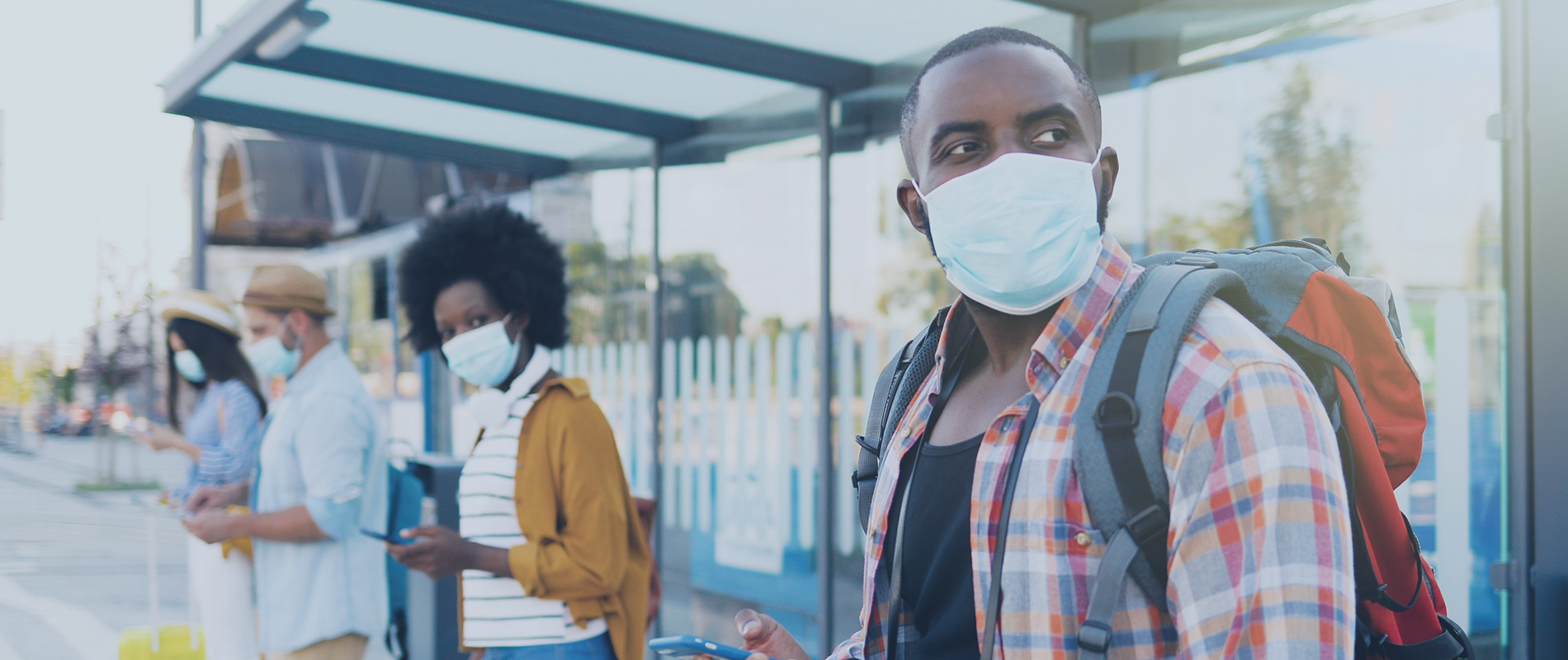Duty of care is a simple concept. Employers must help keep their travellers safe and healthy whether in the office or on the road. In the wake of Covid-19, having a duty of care policy is no longer an option but a necessity. It’s worrying, then, that a GBTA survey found that 46% of UK and USA business travellers work for a company with no clear travel security policies. Creating a travel risk management plan is vital for your company to ensure travellers safety – here five steps you can follow to plan for the unplanned:
Assess your exposure to risk
While you often can’t predict issues, you can plan how to manage them in advance. Every business should define levels and appropriate actions in response to COVID-19 and other risk events. The first step in the travel journey is examining each stage of the trip, including travel to the airport, air travel, ground transportation, accommodation, food safety, meeting venue and post-travel issues. Remember that the more stops, the more people, the more airports, the more risk.
Document the steps taken to mitigate risk
Once you’ve assessed all the risks, create a robust risk management process that sets out comprehensive guidelines to support your travellers in any situation. Processes should cover extreme eventualities, such as a country closing its borders and more common disruptions like losing a passport. Document what travellers need to do and the support they will receive in each eventuality; for example, include information regarding approved amenities and services at the destination pre-departure, to what to do if they fall ill whilst abroad.
Communicate with your travellers
Help your employees understand what is expected of them, what action to take in every eventuality, and their support when things go wrong. Make sure they know where to find updates and information on processes or procedures before and during their trip.
Before travellers depart, provide access to the information they need to improve their safety. “Messages delivered via platforms like BCD’s TripSource® give travellers the information they need to improve their safety. Destination-specific messages can explain what to pack, what to leave home, what local safety and health measures apply, reputable hospitals—anything that might increase traveller safety and comfort.” Kathy Bedell, BCD Travel Senior Vice President
Track travellers
It can be challenging to identify where travellers are at any given time, but if an incident occurs, you need to know exactly where your employees are. That’s where traveller tracking comes in. There are several solutions in the market that are designed to track travellers. Once you have a system in place, develop a consistent and targeted way to communicate risks. For example, our TripSource risk alerts will send automatic risk updates when e.g. a country is closing its borders because of COVID-19. This messaging will target only the travellers in the affected country and travellers elsewhere in the world who don’t receive these crisis messages.
Keep improving
Assess data after a crisis has passed to see how quickly you located and connected with travellers and collect traveller feedback to determine whether the measures are adequate and applied. Most incidents that occur on business trips are not life-threatening, but they can result in inconveniences, stressed travellers, and lost workdays.
Ultimately the best way to ensure your company will be better prepared for the next crisis is to assess the strength of your risk management program and treat every situation as a learning opportunity.

